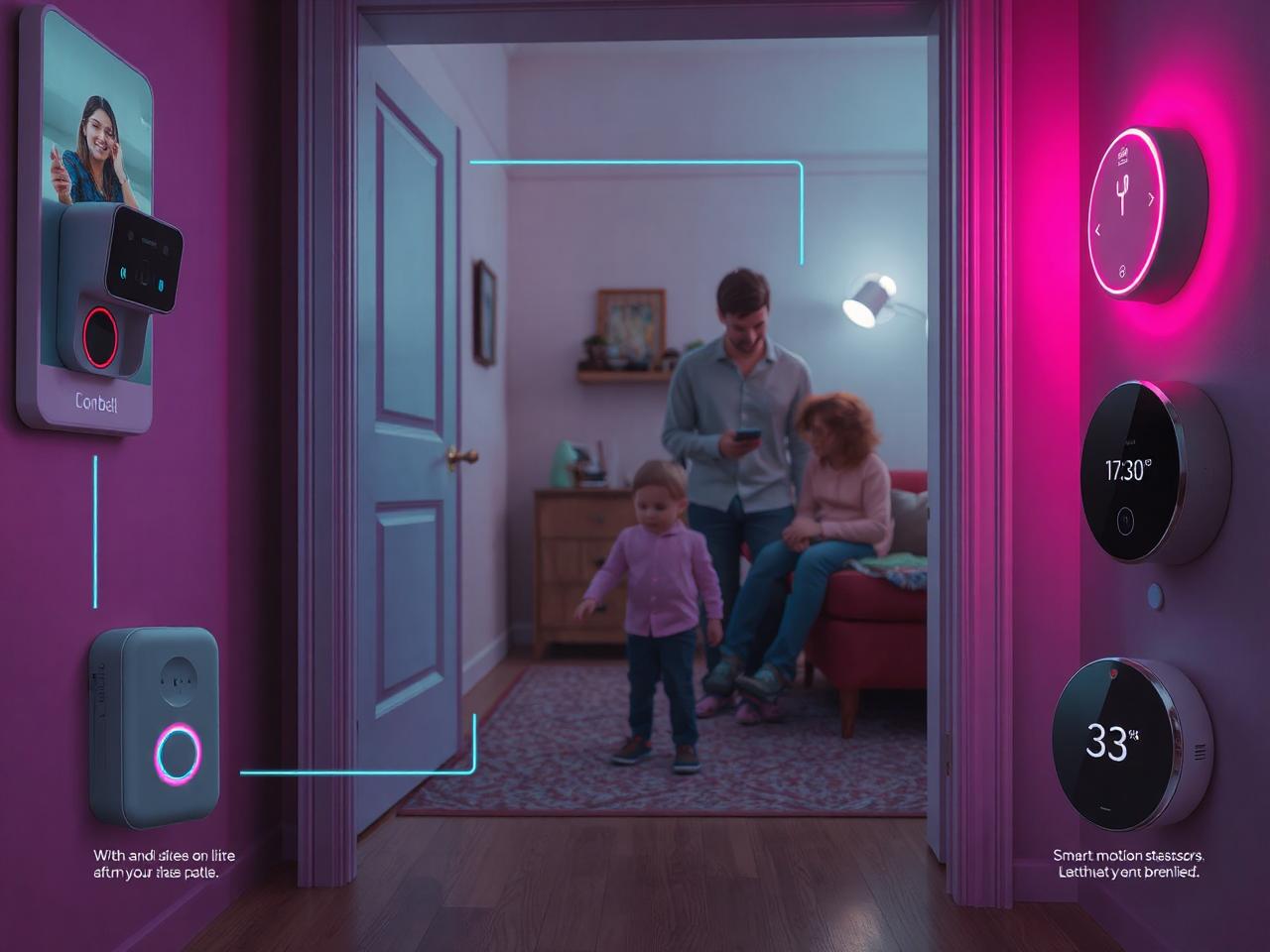In today’s rapidly evolving technological landscape, integrating smart home devices into our daily lives has become increasingly common.
For families with children, these innovations offer enhanced safety, convenience, and peace of mind. This article delves into the top 10 kid-friendly smart home devices designed to create a safer household environment.
Top 10 Kid-Friendly Smart Home Devices for Safety
- Smart Locks with Child-Proof Features
- Indoor Security Cameras with Two-Way Communication
- Smart Motion Sensors and Alarms
- Smart Plugs with Parental Controls
- Video Doorbells with Kid-Friendly Alerts
- Smart Thermostats with Safety Settings
- Child-Proof Smart Outlets and Covers
- Voice Assistants with Parental Controls
- Smart Baby Monitors with Advanced Features
- Child Safety Smart Sensors for Windows and Doors
Read On: Amazon Has Launched a Huge Sale on Smart Home Devices!
1.) Smart Locks with Child-Proof Features
The Eufy FamiLock S3 Max offers advanced security with its palm vein recognition technology, allowing authorized access with a simple wave of the hand. This feature minimizes the risk of children unlocking doors without supervision.
Additionally, it includes a 2K video doorbell camera, enabling parents to monitor entrances in real-time. The device supports multiple user profiles, making it suitable for families with children of varying ages.
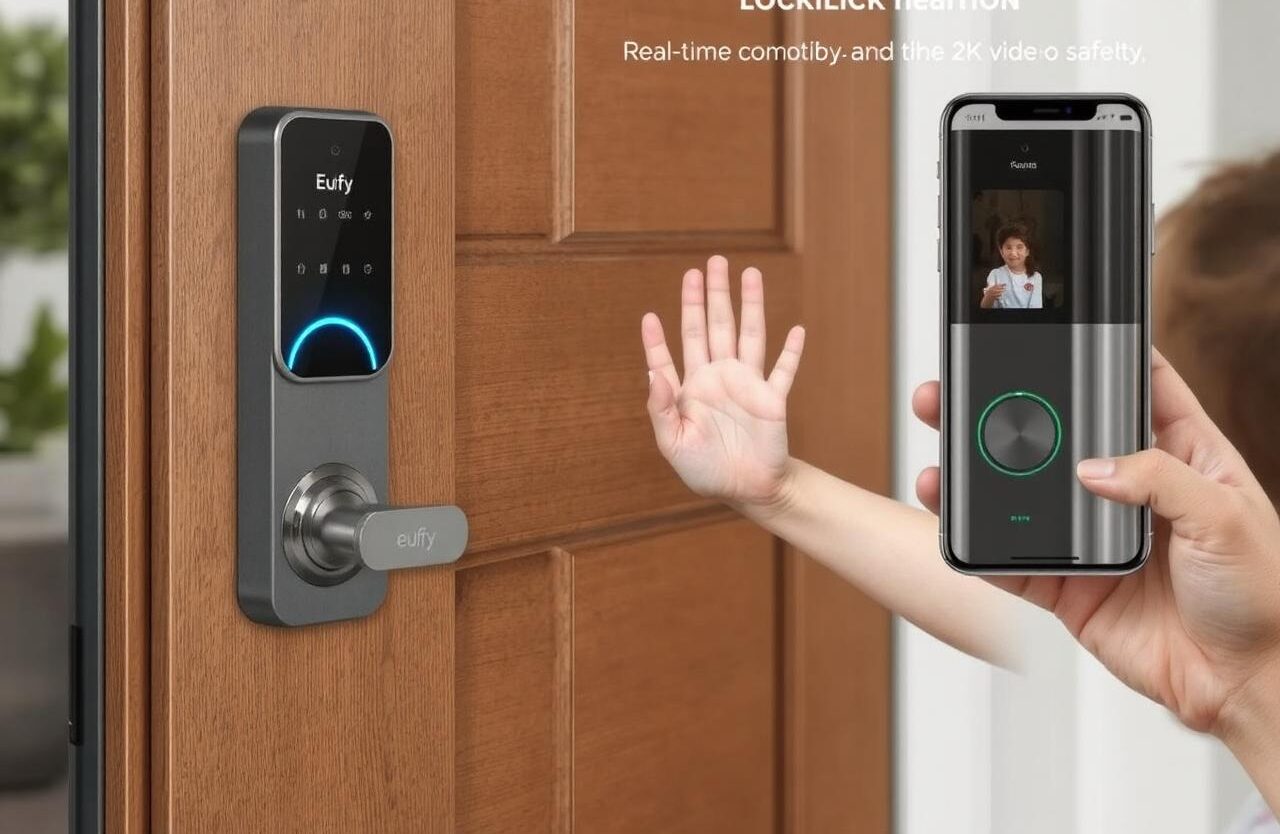
2.) Voice Assistants with Parental Controls
Example: Amazon Echo Show 5
The Amazon Echo Show 5 offers a range of features, including video calling, streaming, and voice-controlled assistance.
With robust parental controls, parents can restrict access to explicit content, set usage limits, and monitor interactions.
This device can also serve as an intercom system, allowing parents to communicate with children in different rooms, and can be used to play educational content, making it both a safety and learning tool.
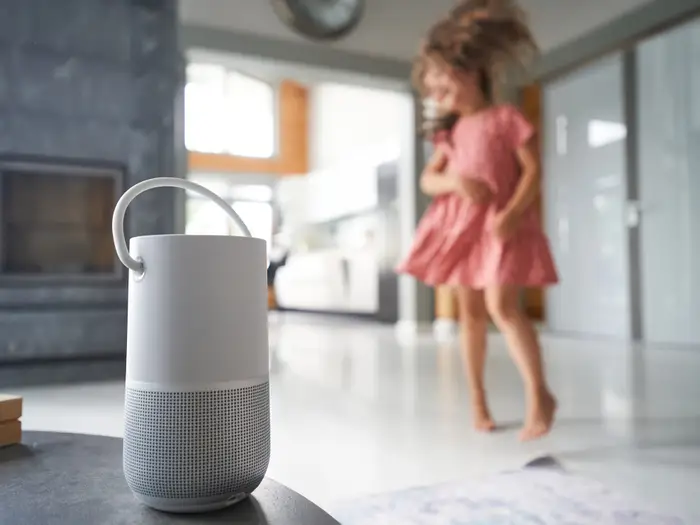
3.) Smart Motion Sensors and Alarms
Example: Philips Hue Motion Sensor
The Philips Hue Motion Sensor integrates seamlessly with smart lighting systems, automatically turning lights on upon detecting movement.
This feature is particularly useful in areas like staircases or hallways, reducing the risk of trips and falls for young children.
Additionally, it can be programmed to send alerts if movement is detected in restricted areas, such as the kitchen or garage, providing an extra layer of security.
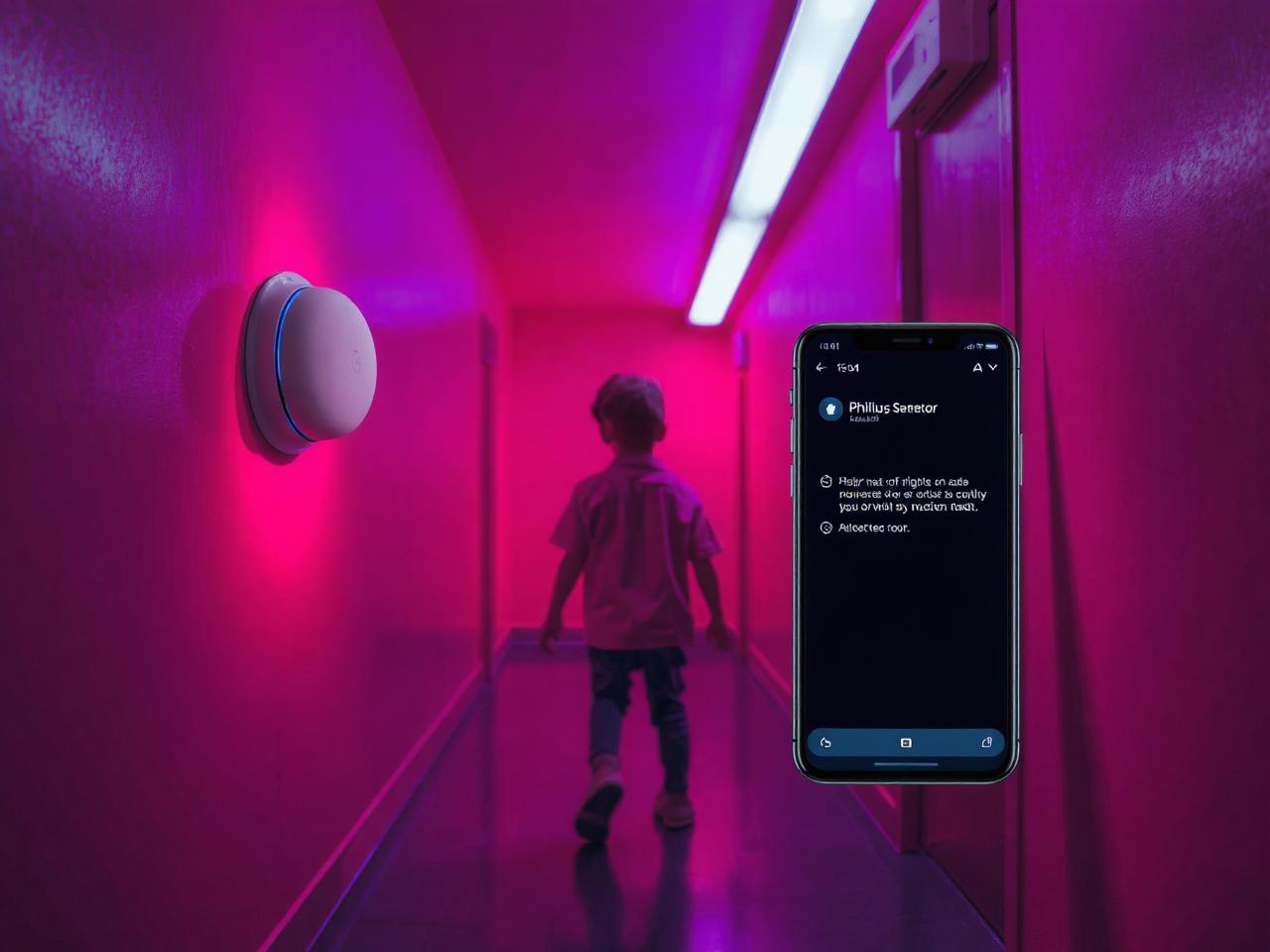
4.) Smart Plugs with Parental Controls
Example: Amazon Smart Plug
The Amazon Smart Plug allows parents to control the power supply to various devices remotely.
By scheduling on/off times or turning off devices via a smartphone app, parents can prevent children from accessing potentially dangerous appliances.
This feature is especially beneficial for managing screen time on electronic devices or ensuring that hazardous equipment remains off when not in use.
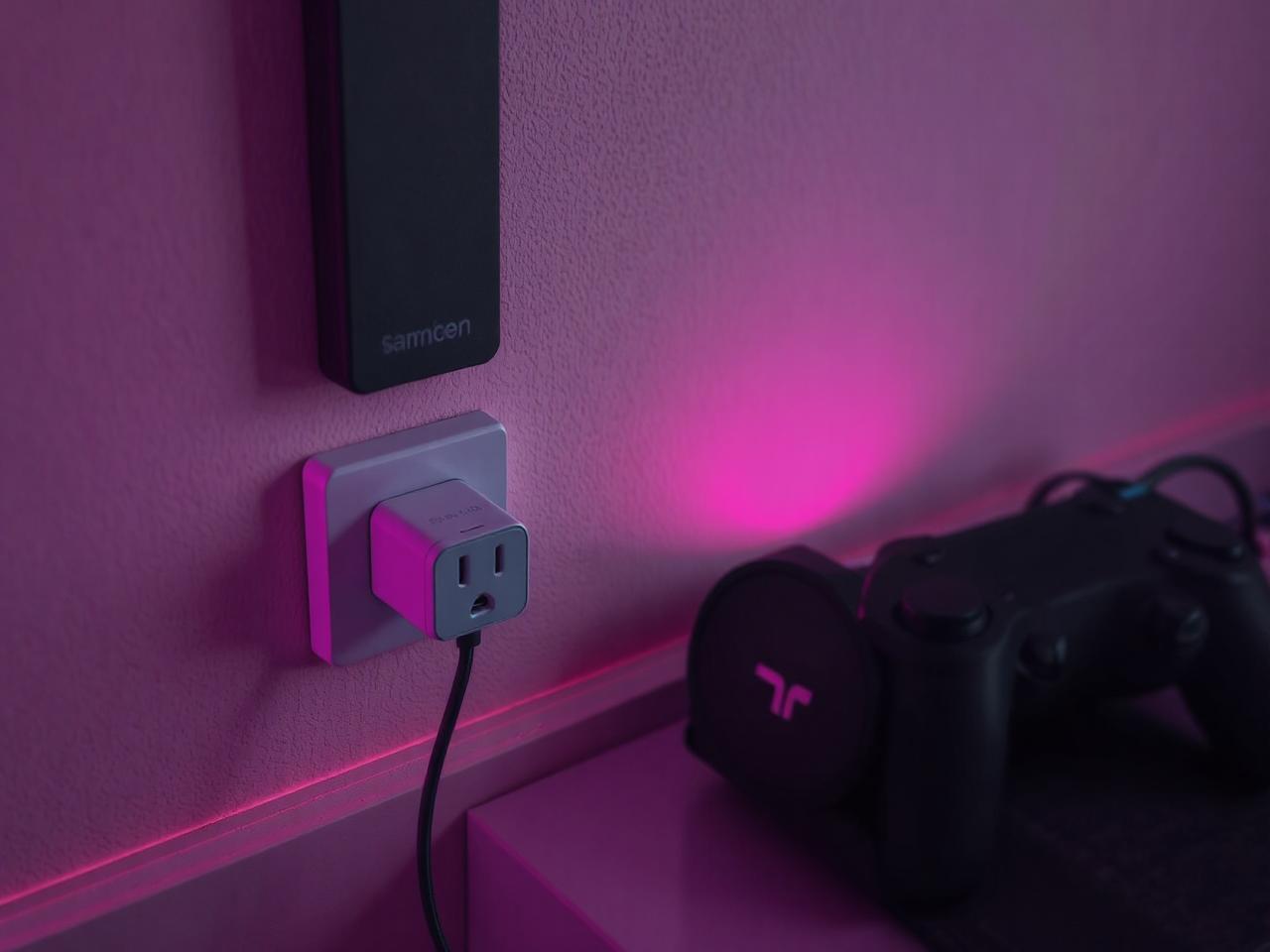
5.) Video Doorbells with Kid-Friendly Alerts
Example: Ring Video Doorbell Pro 2
The Ring Video Doorbell Pro 2 offers high-definition video streaming and customizable motion detection zones.
Parents receive instant notifications when someone approaches the door, allowing them to monitor who enters and exits the home.
This feature is particularly useful for ensuring that children do not answer the door to strangers and for keeping track of their comings and goings.
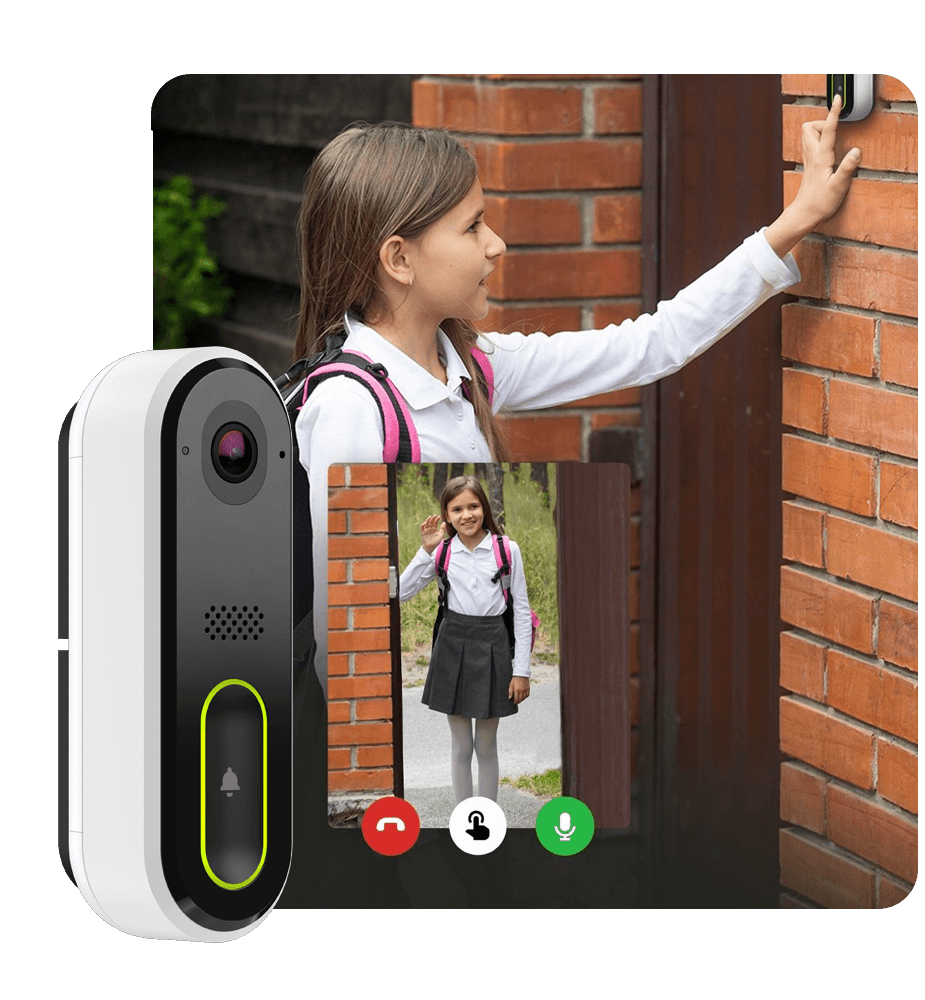
6.) Smart Thermostats with Safety Settings
Example: Nest Learning Thermostat
The Nest Learning Thermostat adapts to your family’s schedule, optimizing heating and cooling while maintaining safe temperature levels.
Parents can control the thermostat remotely, ensuring that children’s rooms are kept at comfortable and safe temperatures.
Additionally, it provides alerts if temperatures reach unsafe levels, allowing for prompt adjustments to prevent discomfort or health risks.
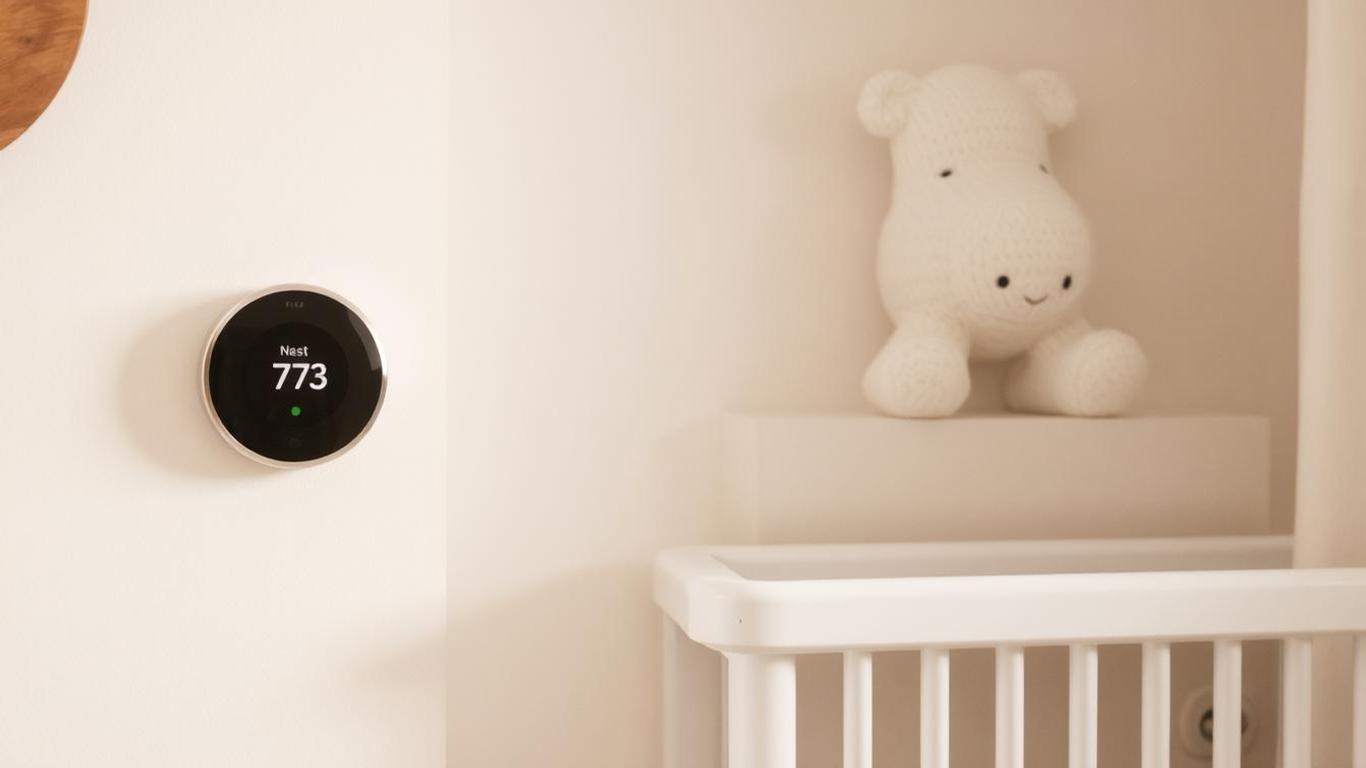
Must Read: 10 Best Smart Thermostats in 2025 and How to Get a Rebate Mass Save for Smart Thermostat Purchases!
7.) Child-Proof Smart Outlets and Covers
Example: TP-Link Kasa Smart Wi-Fi Plug Mini
The TP-Link Kasa Smart Wi-Fi Plug Mini enables parents to control the power supply to outlets via a smartphone app.
By scheduling on/off times or turning off outlets remotely, parents can prevent children from accessing electrical devices unsupervised.
Its compact design ensures that it doesn’t obstruct adjacent outlets, and its integration with voice assistants adds an extra layer of convenience.
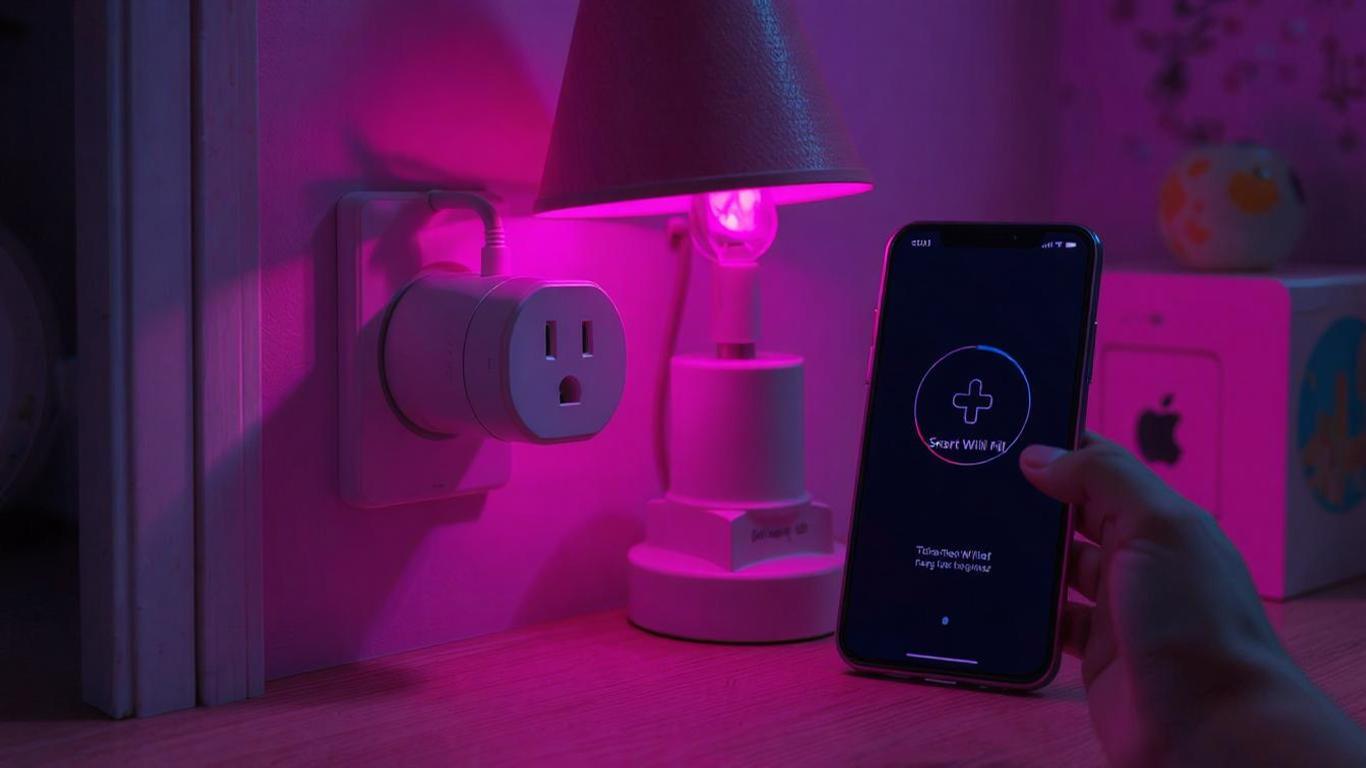
8.) Indoor Security Cameras with Two-Way Communication
Example: Wyze Cam v3
The Wyze Cam v3 provides high-definition video streaming and two-way audio communication, allowing parents to monitor children and communicate with them remotely.
Its motion detection feature sends instant alerts to connected devices when unexpected movement is detected, ensuring prompt responses to potential safety concerns.
The camera’s night vision capability ensures clear visibility even in low-light conditions, making it ideal for monitoring children’s rooms during the nighttime.
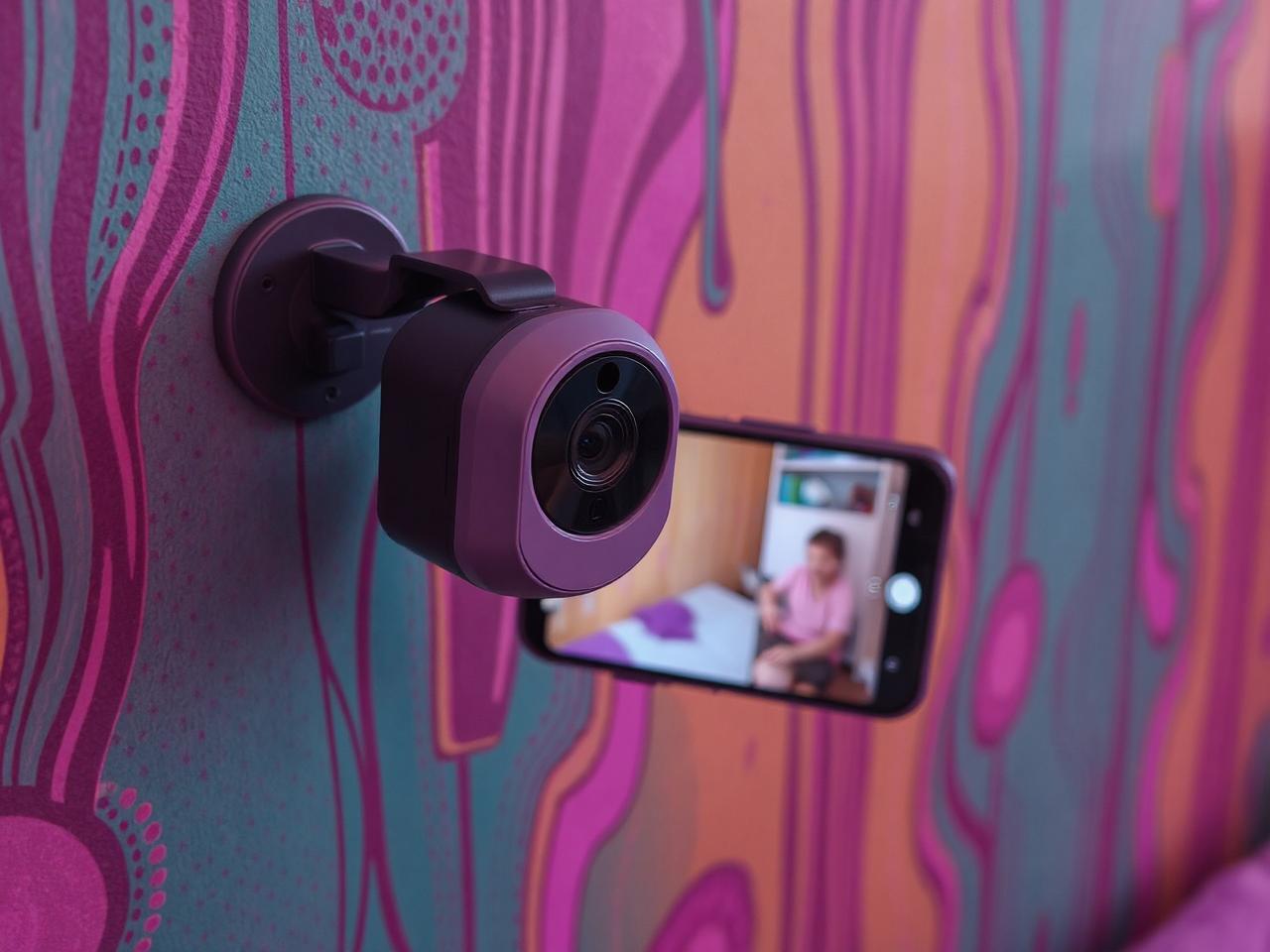
9.) Smart Baby Monitors with Advanced Features
Example: Owlet Smart Sock 3
The Owlet Smart Sock 3 monitors an infant’s heart rate and oxygen levels, sending real-time data and alerts to parents’ smartphones.
This proactive monitoring provides peace of mind, allowing parents to respond swiftly to potential health concerns.
The device’s wireless design ensures comfort for the baby, and its accompanying app provides detailed sleep reports, helping parents track their child’s sleep patterns.
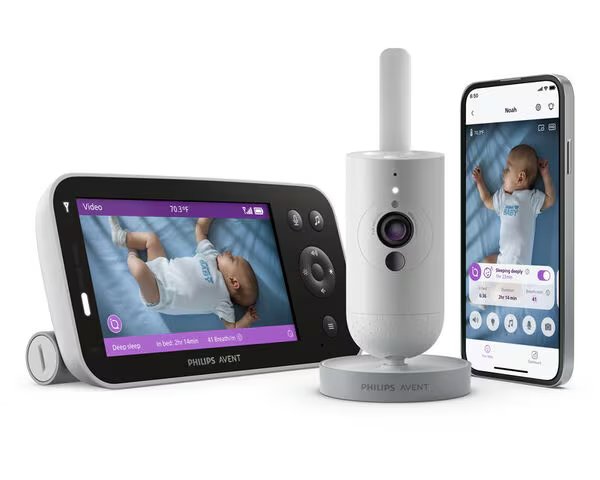
10.) Child Safety Smart Sensors for Windows and Doors
Example: Samsung SmartThings Multipurpose Sensor
The Samsung SmartThings Multipurpose Sensor detects the opening and closing of windows and doors, sending instant alerts to parents’ devices.
This feature is crucial for preventing children from accessing potentially dangerous areas or leaving the house unnoticed.
Additionally, it can monitor temperature and vibration, providing insights into environmental changes that may affect children’s comfort and safety.
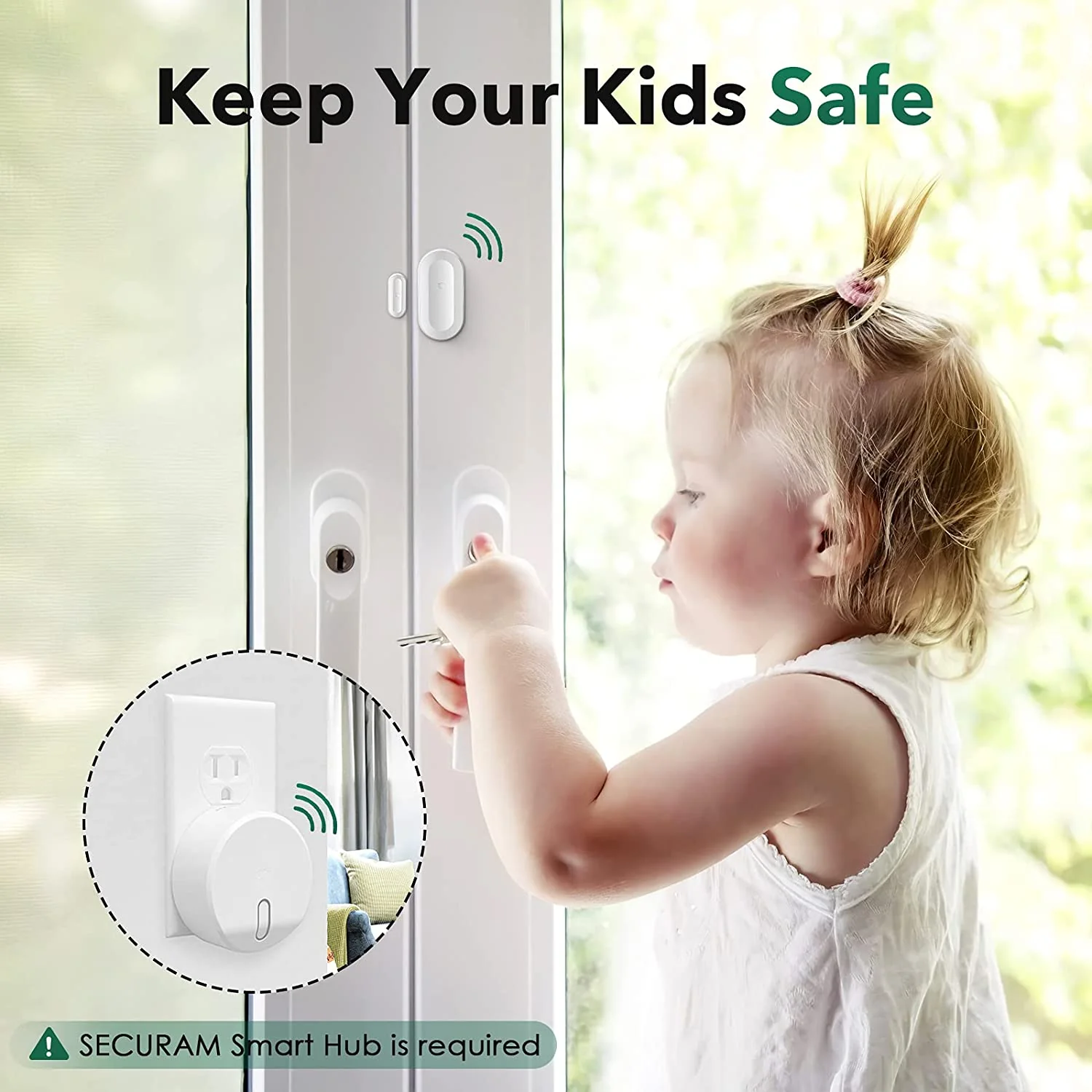
Key Features to Look for in Kid-Friendly Smart Home Devices
When selecting smart home devices with children’s safety in mind, consider the following features:
- Child-Proofing and Tamper Resistance: Devices should be designed to prevent accidental interference by curious little hands.
- Parental Controls and Monitoring Capabilities: Allow parents to set usage limits, monitor interactions, and receive alerts about unusual activities.
- Ease of Use and Safety Certifications: User-friendly interfaces ensure that both parents and children can operate devices safely, and certifications provide assurance of compliance with safety standards.
- Compatibility with Existing Smart Home Ecosystems: Seamless integration with current systems ensures a cohesive and manageable smart home environment.
How to Choose the Right Kid-Friendly Smart Devices for Your Home
Selecting the appropriate smart devices involves assessing your family’s unique needs:
children may require more basic childproofing devices, while older children might benefit from devices offering parental controls and educational features.
- Type of Safety Concern: Identify the areas of your home that need the most attention—whether it’s preventing access to hazardous areas (e.g., kitchen, stairs) or ensuring that children are safe from potential hazards like fire, excessive heat, or harmful chemicals.
- Budget and Compatibility: Smart home devices can vary significantly in price, so it’s essential to balance your budget with the devices’ safety features. Additionally, consider how well a new device integrates with your existing smart home ecosystem (e.g., Alexa, Google Home, or Apple HomeKit).
- Ease of Use: Smart devices with intuitive apps and simple interfaces are ideal for parents who want easy-to-understand controls. Look for devices that allow remote monitoring and notifications to keep parents in the loop at all times.
The Benefits of a Kid-Friendly Smart Home
Creating a safer home environment for your children goes beyond simply adding security devices; it’s about leveraging technology to improve everyday life while maintaining safety and convenience.
1. Enhanced Monitoring and Control
Smart home devices with remote monitoring capabilities allow parents to stay informed about what’s happening in the house, even when they are not physically present. For example, a smart camera or doorbell can provide live video feeds, while motion sensors can send alerts if unusual activity is detected.
2. Increased Convenience
Smart devices offer more than just safety. Devices like voice assistants, smart thermostats, and automated lighting systems make managing your home more convenient, freeing up parents’ time and energy to focus on other tasks.
3. Proactive Safety Measures
With devices like smart locks, baby monitors, and motion sensors, you can set up alerts to be notified immediately if something goes wrong. For example, you can receive an alert if your child leaves a designated safe zone, or if a door or window is opened unexpectedly.
4. Personalized Parental Controls
Many smart home gadgets come with customizable parental controls, allowing you to set limits on screen time, restrict access to certain content, and monitor your children’s activity in real-time. This helps ensure that children are not exposed to inappropriate content or behaviors.
5. Peace of Mind
Perhaps the most valuable benefit of a kid-friendly smart home is the peace of mind it offers parents. Knowing that your children are safe and secure while you manage other responsibilities can help reduce stress and anxiety.
Conclusion
Smart home devices are becoming indispensable for parents looking to safeguard their children and create a more convenient and efficient living environment.
By choosing kid-friendly smart devices designed with safety, ease of use, and child-proofing in mind, parents can enhance their home’s security while maintaining control over their child’s activities.
Whether you’re using smart locks to protect your home from unauthorized entry, installing motion sensors to prevent accidents, or using baby monitors to ensure your child’s well-being, the right smart home devices can significantly contribute to a safer and more manageable household.


